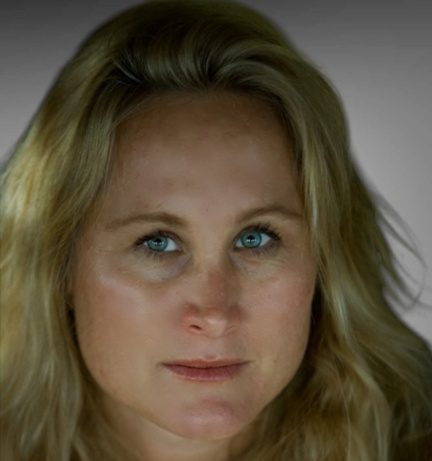WATER
THE SOCIAL IMPLICATIONS OF DROUGHT
America’s Disappearing Water
Water is what sustains life on Earth. None of us can survive without water for long. The average person lasts 3 days. When there’s not enough water, society begins to unravel. It’s like that scene in the movie Mad Max, where every drop of water becomes a source of power, conflict, and a fight for survival. Crop yields plummet, triggering food shortages and economic instability as nations face the specter of famine. People are forced to compete for resources, the vulnerable are left behind, and the environment deteriorates in ways that can take generations to recover.
Water isn’t just a resource; it’s the backbone of civilization. To fail to protect it is to risk unraveling the delicate balance of life as we know it.
Unlike every other industrialized nation, however, the U.S. doesn’t recognize access to water as a fundamental human right in our Constitution or laws. This leaves millions vulnerable as heatwaves, droughts, and shifting weather patterns intensify water scarcity.
Today, our clean water sources are disappearing at an alarming rate. At the end of 2024, 45% of the 48 states on the mainland U.S. were in drought according to the U.S. Drought Monitor. Here are some things we expect to see play out in the next decade if something isn’t done to protect and replenish our water sources.
1) Disease Outbreaks
Clean water to drink and bathe in is what keeps us healthy. When water runs out, public health problems set in – almost immediately. There’s a far greater risk of contracting waterborne diseases like cholera and dysentery. In India and Africa, the risk of those as well as typhoid, hepatitis A, and diarrhea is great because of contaminated drinking water and poor sanitation.
And remember COVID-19? When people can’t wash their hands regularly – after being in crowds or using the bathroom, or before prepping food – illness takes root and spreads much faster, especially in cities.
2) Dwindling Mental Health
Mental health is another consideration as dehydration stresses our bodies and sends jolts of fear into our nervous system, much like hunger. Water is also what makes many of the daily processes in our body – like sweating, peeing out toxins, and lubricating joints – function. And for farmers, food sellers, or fishermen whose livelihoods depend on water, stress, anxiety, and depression can take over during prolonged droughts. The uncertainty about crop failure, financial instability, and displacement is a lot to take.
3) Widening Social Inequality
Droughts always hit vulnerable populations the hardest. Low-income communities, particularly in rural areas, rely heavily on local water sources. When these dwindle, farmers and their families have to pay more for water, but get less harvest in return, losing even more money. Meanwhile, wealthier communities usually have access to alternative water supplies or technologies, deepening the divide between rich and poor.
Access to water is also a racial justice issue. We all saw what happened in Flint, Michigan when the water was poisoned by lead pipes – or in New Orleans, when the levees broke, the city was flooded, and water sources were contaminated. People had to fight for survival. In 2018, Cape Town, South Africa came within weeks of running out of water, sparking panic and social unrest. What happened there could happen in other places where the water infrastructure is vulnerable. Already Indigenous people feel the pinch of water shortages more than others.
Water scarcity shakes communities to the core – exacerbating social inequalities, threatening public health, and intensifying fights over natural resources. When communities don’t water reserves and storage systems, they’re at serious risk.
4) Migration, Displacement, and Political Conflict
Severe drought forces people to leave where they live. This is common in regions where water scarcity has been an issue for generations like parts of sub-Saharan Africa and Central Asia. In Syria, a drought from 2006 to 2010 forced rural farmers into cities, contributing to a civil war. In India and Pakistan, disputes over the Indus River have heightened friction between these two nuclear-armed nations. In the U.S., Colorado River shortages are pitting western states against each other in fights to control water for hydropower and to grow food. These crises underscore water scarcity’s potential to destabilize us.
Climate migration will become way more real in the next 20 years, even in the U.S. With it, we’re likely to see familiar political attacks against those who move seeking a better life. When large groups of people suddenly show somewhere, it usually strains the social safety net, and usually drives food and housing prices up. It’s not surprising then that drought drives political violence. It’s really no different than wars we’ve witnessed over natural resources like oil and gold.
Conclusion
We don’t want life to resemble an apocalyptic action movie, but without water, the very fabric of our society comes undone. That’s why it’s crucial we start changing now – to enact smarter water policies, adopt habits that conserve water, and do everything we can to slow global warming and prepare for what’s coming. Addressing water scarcity isn’t just about conserving resources; it’s about protecting public health, stopping environmental destruction, and building a more sustainable, resilient future for us all.



